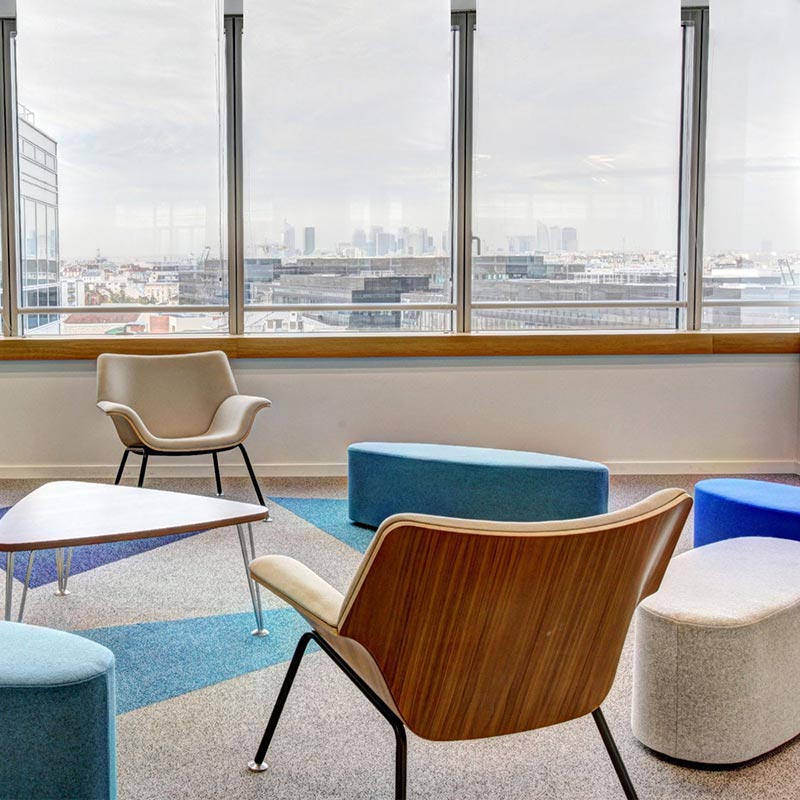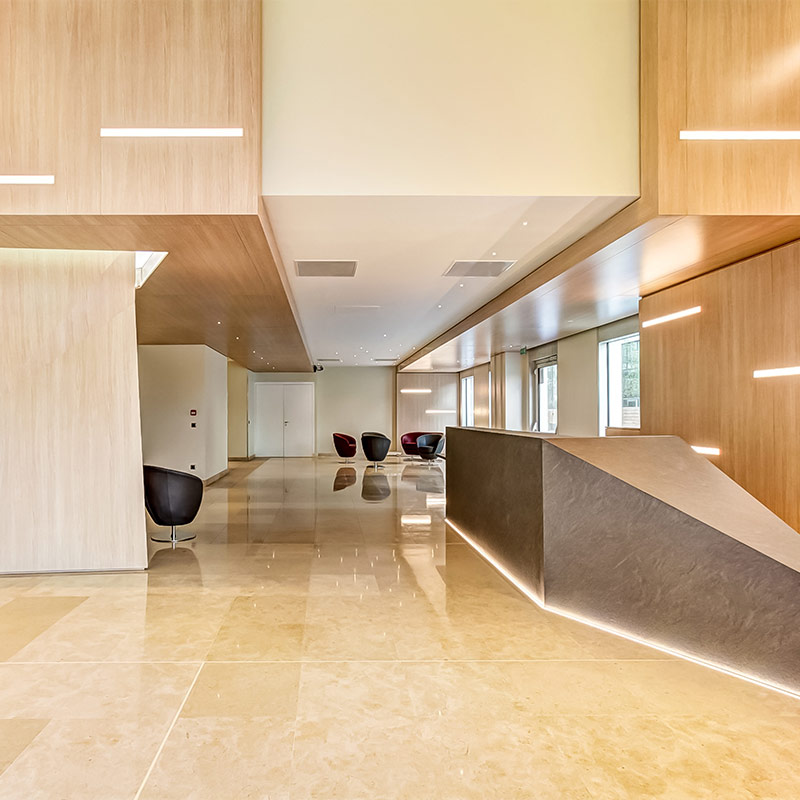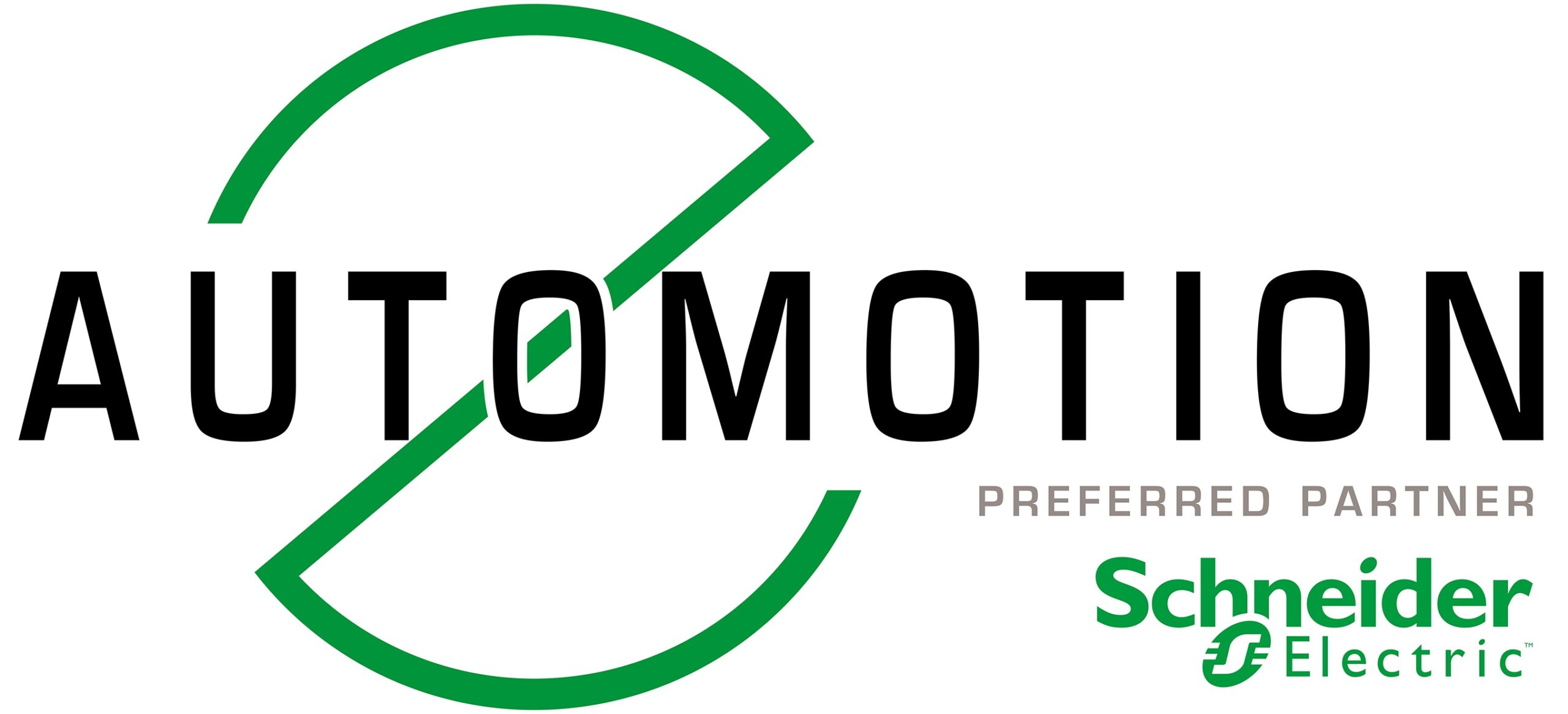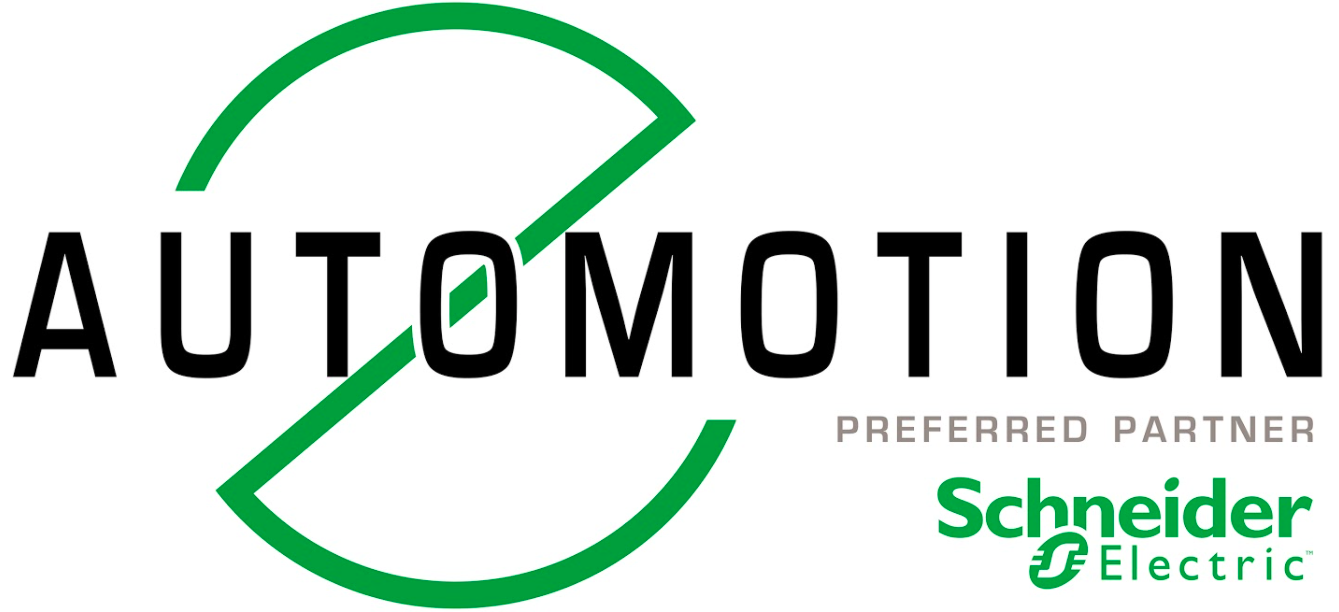
Empowering machine builders and universities through configurable software
Machine builders are often under pressure: tight schedules combined with limited R&D time and resources make it difficult to truly innovate. Collaborating with universities offers a valuable opportunity to achieve meaningful results and attract emerging talent. However, these partnerships come with challenges: educational institutions often face budget constraints and lack the expertise to work with complex automation technologies. OEMs, on the other hand, cannot afford to spend significant time training students on the technical details of automation technologies and their machines.
In 2025, a leading OEM in the food industry was eager to innovate but faced these exact constraints. There was a clear desire to collaborate with universities, but the complexity of the technologies involved proved to be a barrier. To overcome this, Automotion partnered closely with Avans University of Applied Sciences and the OEM to develop proof-of-concept use cases using multicarrier and robotics technology. These technologies normally require highly experienced automation engineers to program. Our approach: eliminate the complexity by thoroughly analyzing the use cases and making the required multicarrier movements fully configurable via user-friendly software.

This approach allowed first-year students to focus on the core challenges of their project — such as physics, food behavior, and vision systems — without having to master the ‘bits and bytes’ of the multicarrier and robotics systems. In addition, the software framework provided a predefined and safe environment for adding I/O signals and emergency stop sequences, allowing the use cases to be fully realized.
To ensure long-term impact, we trained Avans lecturers to become self-sufficient in just a few days. As a result, they can now support students independently without requiring ongoing technical assistance from the OEM.
The result is an efficient collaboration in which the university contributes valuable innovation to machine builders, students gain hands-on experience with advanced technology, and OEMs benefit from relevant R&D input with minimal time investment.
This partnership illustrates how technology providers can play a key role in bridging the gap between education and industry — accelerating innovation and preparing the next generation of skilled professionals.
Are you an OEM facing similar challenges, or an educational institution looking to explore the possibilities? Feel free to get in touch with us via the contact form.





